Portsmouth's Mary Rose Museum '“Â behind the scenes with top attraction's curatorÂ
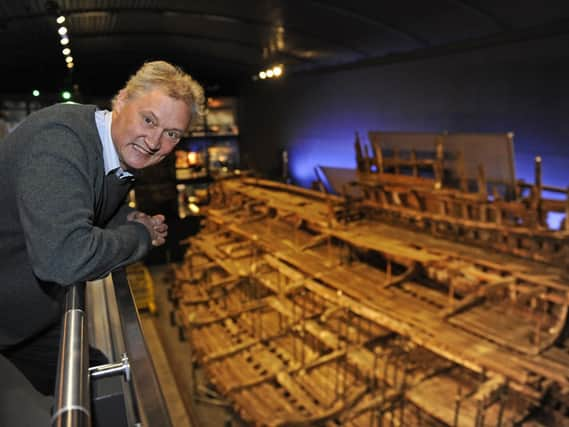

We stroll into a bright and airy classroom where members of a production crew are quietly tucked away, engrossed in discussion '“ pointing at something on the screen of their laptop.
A site of astounding historical significance, I am told it is not uncommon for film and television crews to visit the museum in Portsmouth Historic Dockyard on assignment.Â
But what this team is working on is particularly special to my guide.
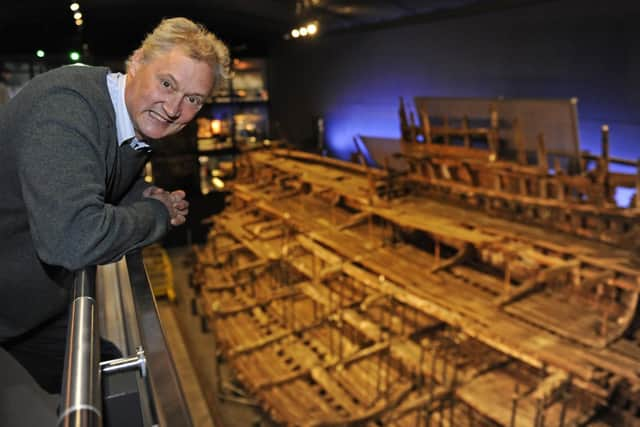

'˜This is just amazing '“Â I haven't seen this for about 37 years,' Christopher says.Â
The video attracting his attention is one he captured himself as a young diver sometime between 1979 and 1981 '“ trawling the decks, beams and carlines of the Mary Rose when she still lay in the murky depths of the Solent.Â
An archaeology alumnus of the University of Cambridge, this was his very first graduate job and would play a crucial role in identifying and safely excavating features of the wreck.
As far as first steps into the world of work go, as a 20-something, he admits it was not a bad gig.Â
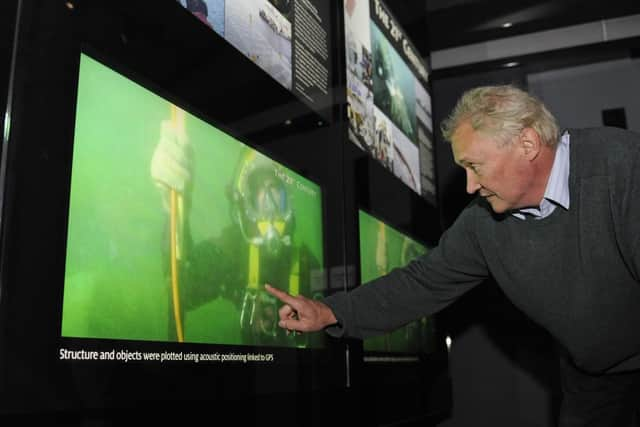

Clearly captivated, his memories of this footage '“ now digitised from its original U-matic format, for documentary and archival benefit '“ are renewed for a fleeting moment.
'˜It absolutely takes you back and you remember details of the dives by seeing the different timbers and your colleagues underwater,' he explains.
'˜You can identify them by the rings on their fingers, their wrist watches, or even the diving masks they wore. It's quite funny. Â
'˜Getting memories like this back is very inspiring for me and I wasn't expecting that today at all. It's been a big bonus.'Â
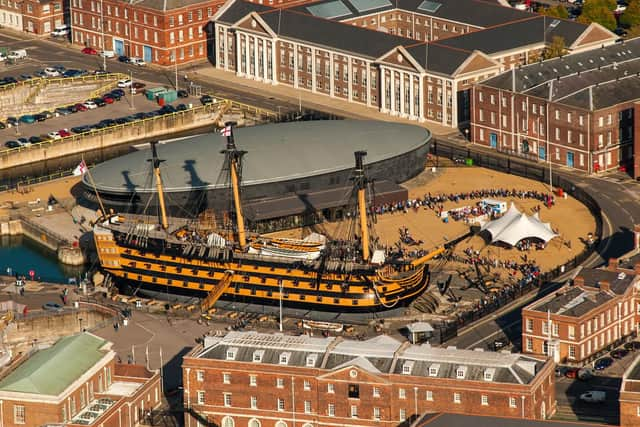

Now some 36 years after the Mary Rose was raised in that remarkable feat, spearheaded by Margaret Rule and Alexander McKee, Christopher's passion for the vessel and its story has only intensified.
Just as he often was when her excavations were carried out, he was underwater, beneath her, on the day she was raised in 1982 '“ and there is photo and video evidence adorning the walls of the Mary Rose Museum to prove it.Â
As the destination's head of interpretation and maritime archaeology today, these are pictures he is only too happy to speak to visitors about '“ a claim which materialises before my eyes as we examine a revolving video clip on the ground floor.
But his stamp on the museum as its curator stretches far beyond snapshots.
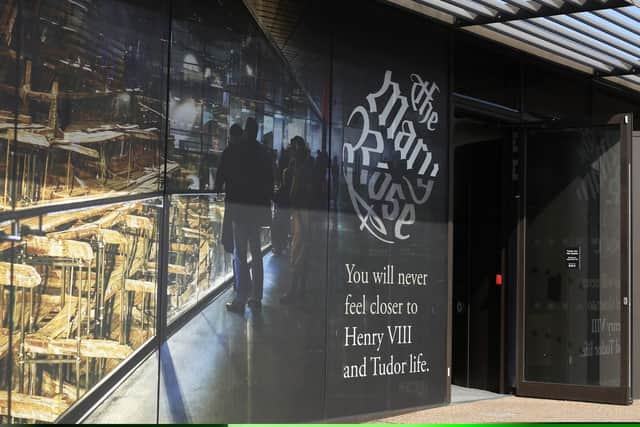

It is his job to ensure artefacts recovered from the Mary Rose, some 19,000 in all, are exhibited for maximum visitor impact. He says there is method to suggest they could be.Â
'˜The thousands of objects are displayed exactly opposite where they were found,' he explains, as the glow behind the salvaged Mary Rose shifts colour in the main ship hall.
'˜The carpenter's tools are displayed opposite the carpenter's cabin, where he was found. The grindstone used to sharpen knives is positioned exactly opposite where we found it in the ship.
'˜The galley and the ovens are exactly opposite where they were '“ this all enables visitors to try and think of the objects and the ship together.'Â
Intricately placed as they are, Christopher says smaller artefacts spread over the museum's three floors are just as crucial to the visitor experience as the ship '“ which is a mind-blowing sight from the glass-free, air-locked lookout of the Weston Ship Hall.Â
'˜This museum was created and the exhibits designed to be intensely personal,' he says.Â
'˜This museum is about people '“ this is not a museum about a ship.'Â
That affirmation may baffle some, but there is truth in it. There is empathy to be unearthed in these objects and curator Christopher '˜defies anybody' not to find it.
'˜When we get school groups in I like to challenge them and ask what their favourite object or display is '“ they always say different things and that is just great,' he says.Â
Leading me to a glass cabinet of Tudor footwear, I learn of his own favourite through an anecdote '“ something he teaches the museum's '˜brilliant' volunteers to reap instant satisfaction among their visitors.
He points to a devastated leather shoe with a gaping hole in its sole.Â
'˜Whoever wore this must have had a really bad foot problem '“ a broken bone or a bunion '“ but I have a broken bone in my foot so my shoes wear out in exactly way.
'˜Just like that, I can empathise with a person who died almost 500 years ago and think 'they had exactly the same problem I have today' '“ that connection to Mr Everyman makes this museum so powerful.'Â
After he gives the interactive '˜tipping ship' a touch up with Ronseal in the classroom  ready to be used by a class soon to return from lunch '“ I am keen to know what the most pleasant thing about Christopher's job is.
I pop the question as we peer through the glass once more at King Henry VIII's doomed flagship, wondering if he has plans to relieve himself of more than three decades of duties someday.
'˜To see people truly engaged in the museum is intensely satisfying '“Â that is the most rewarding part of any day,' he says.Â
'˜But all this '“Â from excavation to education '“Â has been a massive part of my life for more than 30 years.Â
'˜And I suspect as long as I'm still breathing, it will always continue to be.' '‹'‹'‹'‹'‹'‹